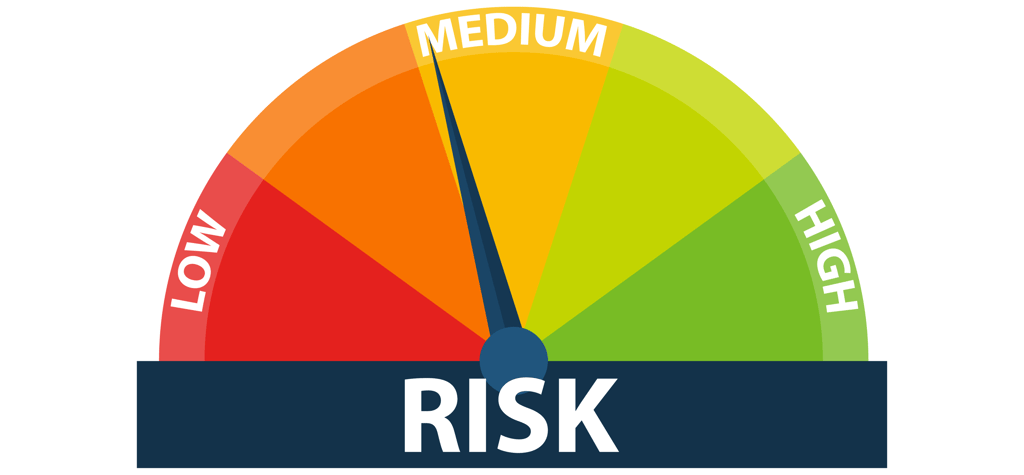Risk Management Strategies for Traders: How to Protect Your Capital and Stay in the Game


INTRODUCTION
In the world of trading, making money is only half the game. The other half — often ignored by beginners — is learning how not to lose it. That’s where risk management comes in. Every successful trader, from retail investors to institutional professionals, relies on strong risk management strategies. It’s not just about maximizing profit. It’s about protecting your capital, surviving losing streaks, and ensuring you’re still in the game tomorrow, next week, and next year.
In this blog, we’ll explore what risk management means in trading, why it’s essential, and which practical strategies you can use to manage risk effectively.
Why Risk Management Matters More Than You Think
Risk is an unavoidable part of trading. No strategy, no system, and no market is free from uncertainty. Even the best trades, backed by strong analysis, can go wrong due to unexpected news, market psychology, or timing. Without a risk management plan, a single mistake or emotional decision can wipe out weeks, months, or even years of progress. Risk management is what separates gamblers from professionals. It doesn’t guarantee success on every trade, but it guarantees one crucial thing: you live to trade another day.
Understanding Risk in Trading
Risk in trading can take many forms. There’s market risk, where the price simply moves against you. There’s emotional risk, where fear or greed takes over your decision-making. There’s liquidity risk, where you can’t exit a position at the expected price. And there’s overexposure risk, where a single trade or sector dominates your portfolio. The key is not to eliminate risk — because that’s impossible — but to control it, limit it, and prepare for it.
Top Risk Management Strategies for Traders
Let’s explore some of the most effective and widely used risk management strategies that every trader should understand and apply.
1. Always Use a Stop-Loss
A stop-loss is a predefined price level at which you exit a losing trade. It’s the simplest and most powerful risk control tool available. If you enter a stock at 500 rupees and place a stop-loss at 480, you’ve limited your potential loss to 20 rupees per share. This keeps you from holding on to a losing position in the hope that it will recover — a common emotional trap. Using stop-losses ensures that one bad trade doesn’t turn into a disaster.
2. Risk: Only a Small Percentage of Capital Per Trade
Professional traders never bet their entire capital on one trade. They risk a small, controlled portion, often between one to two percent per trade. For example, if your trading capital is 1,00,000 rupees, risking one percent means you would not lose more than 1,000 rupees on a single trade. This keeps your account alive even if you face several losses in a row. Over time, this disciplined approach creates longevity and consistency.
3. Position Sizing
Position sizing means determining how much of a stock or asset to buy based on your risk tolerance and stop-loss level. It helps ensure that your potential loss fits within your acceptable risk limit. A small stop-loss might allow a larger position size, while a wider stop-loss requires a smaller position. Getting position sizing right is crucial for balancing risk and reward.
4. Diversify Your Trades
Putting all your money into one stock, one sector, or one strategy can be dangerous. Diversifying your trades reduces the risk that one bad trade or event wipes out your entire portfolio. Even within trading, try to explore different instruments, timeframes, or asset classes, so your exposure is not overly concentrated. Diversification is a basic but highly effective form of risk spreading.
5. Manage Leverage Carefully
Leverage allows you to control large positions with small amounts of money. While it can multiply gains, it can also multiply losses just as quickly. Many traders misuse leverage and blow up their accounts after just a few bad trades. If you choose to use leverage, do so cautiously and combine it with strong stop-loss and capital allocation rules. Treat leverage as a tool, not a shortcut.
6. Stick to a Trading Plan
A trading plan defines your entry, exit, and risk management rules for each trade. It removes emotional decision-making and gives you structure and discipline. Traders who jump in and out of positions based on emotion often suffer from inconsistent results. A trading plan keeps you grounded and helps you stay committed to your strategy, especially during rough market conditions.
7. Avoid Overtrading
Overtrading happens when traders take too many positions, often driven by boredom, revenge trading, or the desire to recover from losses quickly. It leads to poor decision-making and higher transaction costs, both of which eat into profits. Risk management is not just about how much you lose per trade — it’s also about how often you trade and how focused your decisions are.
8. Track and Review Your Trades
Keeping a trade journal allows you to record what worked, what didn’t, and why. Over time, it helps you spot patterns, strengths, and weaknesses in your approach. Risk management improves when you know your own behavior and trading habits. Reviewing your trades regularly makes you a smarter and more self-aware trader.
Real-Life Examples of Risk Mismanagement
Many traders enter the markets with excitement but no strategy. They double down on losing positions, use high leverage, or skip stop-losses. This often leads to account blow-ups. Even experienced traders face danger when they get overconfident. For example, during high-volatility events like earnings reports or geopolitical tensions, traders who ignore risk controls can suffer large, unexpected losses. Some of the most famous trading collapses in history — from the 2008 crisis to individual hedge fund failures — were caused not by bad strategies but by poor risk management.


